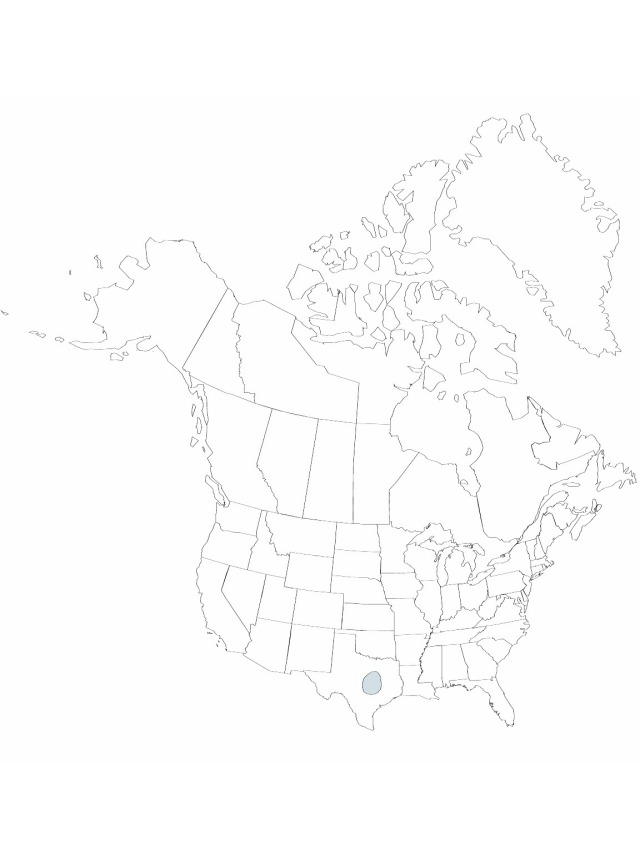Juncus texanus
in J. K. Small,Flora of the Southeastern United States 259. 1903.
Herbs, perennial, rhizomatous, 2.5–6 dm. Rhizomes 1 mm diam., with swollen nodes. Culms erect, terete, 1–3 mm diam., smooth. Cataphylls 0 or 1–2, straw-colored, apex rounded. Leaves: basal 0–1, cauline 3–5, auricles 1.5–2.5 mm, apex rounded to acutae, scarious; blade straw-colored to green, terete, 5.5–20 cm × 1–2.5 mm. Inflorescences terminal panicles of 2–16 heads, 2.5–6 cm, branches ascending, spreading, or reflexed; primary bract erect to spreading; heads 10–40-flowered, spheric, 11–15 mm diam. Flowers: tepals green or straw-colored to reddish brown, lance-subulate, apex acuminate; outer tepals (3.5–)4–4.9 mm; inner tepals 3.9–5.4 mm; stamens 6, anthers 2–3 times filament length. Capsules exserted, chestnut brown, 1-locular, lance-subulate, 5.2–6.5(–8) mm, apex tapering, valves separating at dehiscence, fertile throughout or only proximal to middle. Seeds obovoid, 0.45–0.5 mm, not tailed; body clear yellow-brown.
Phenology: Fruiting summer.
Habitat: Swamps, depressions, seeps, sand or gravel bars, and wet mud
Elevation: 400–600 m
Distribution

La., Okla., Tex.
Discussion
Selected References
None.